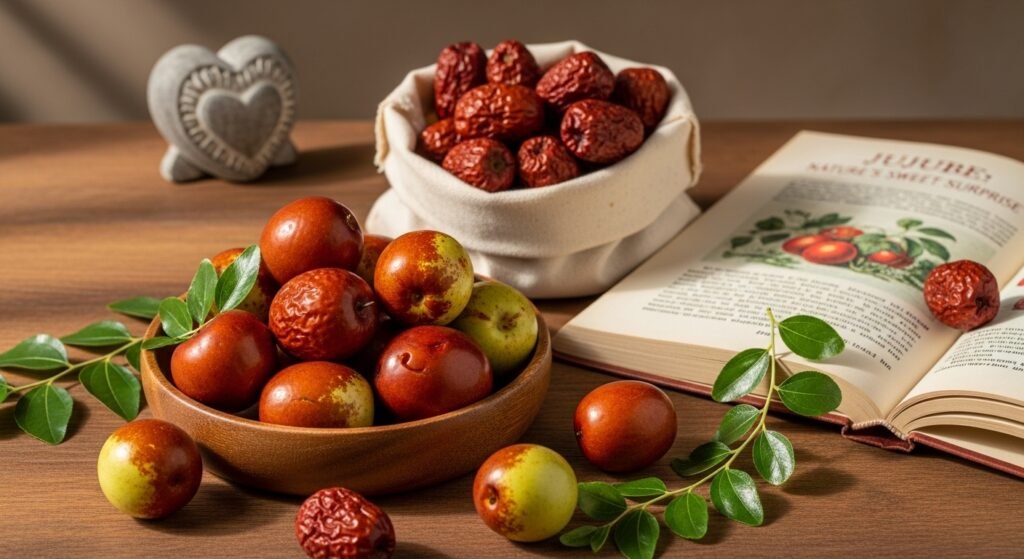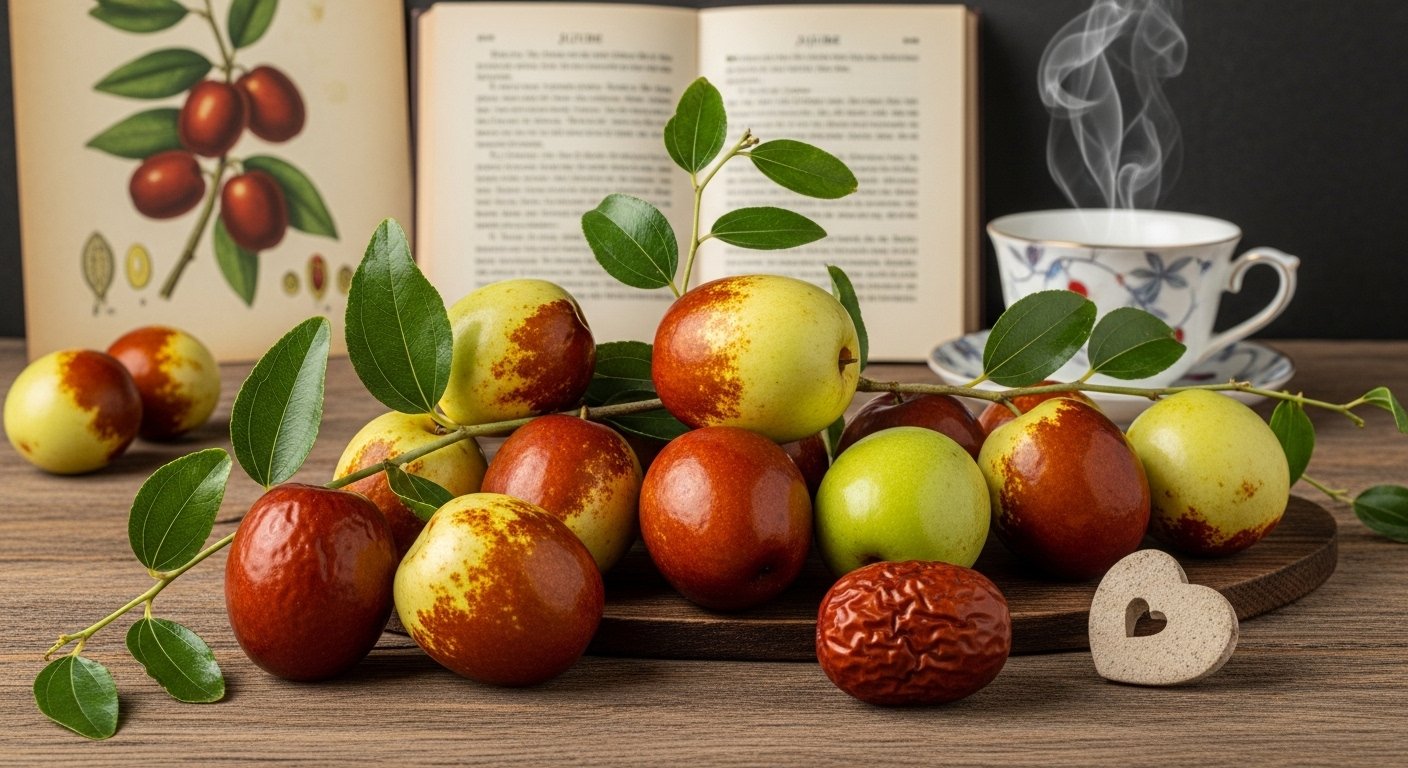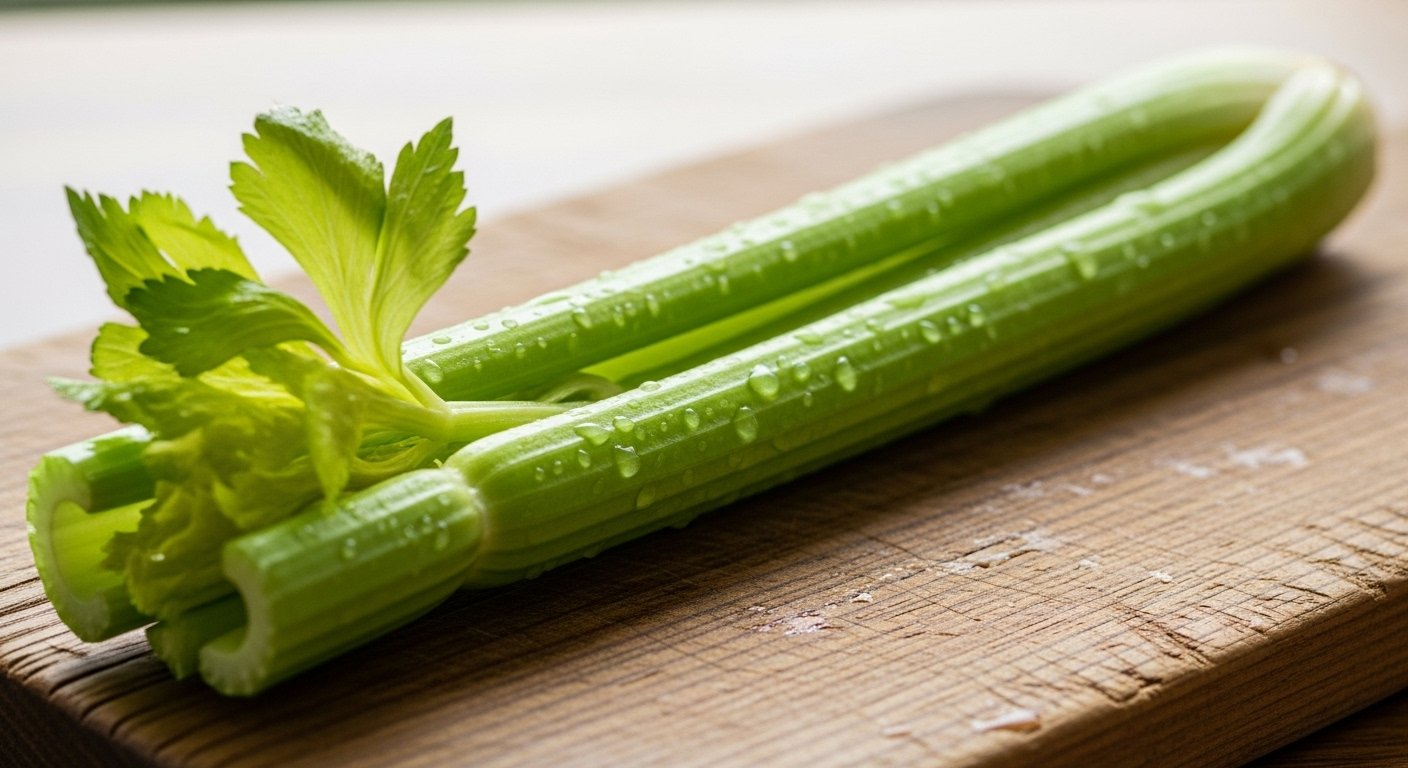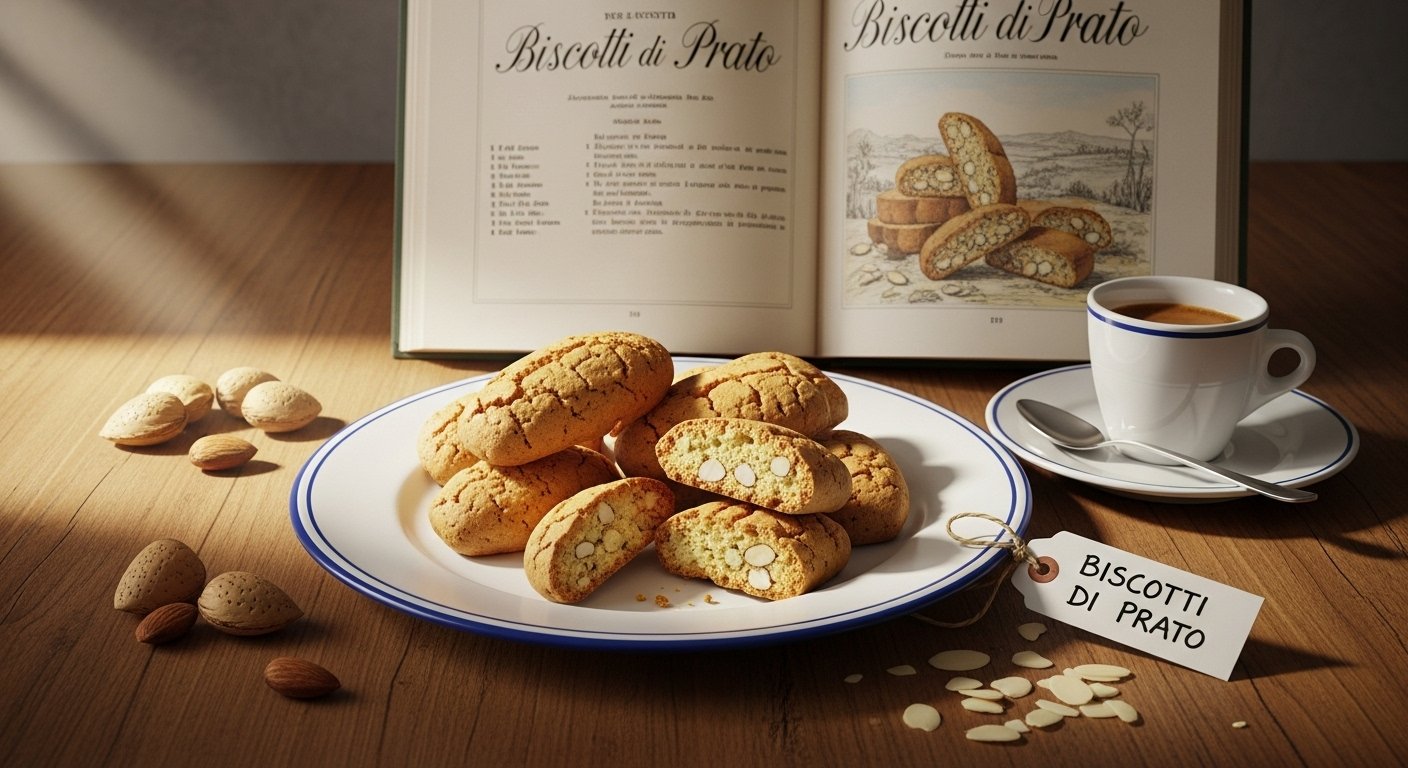Table of Contents
Have you ever heard of žižole? If not, don’t worry—many people haven’t, especially outside of Europe or Asia. But once you learn about žižole, you might wonder why they aren’t more popular around the world. Known for their sweet and slightly tangy flavor, žižole are small fruits that grow on trees and are packed with all kinds of benefits. They look a bit like tiny apples or dates and are known by many names, including jujube, Chinese date, or red date. These unique little fruits have been enjoyed for thousands of years, especially in traditional medicine and home cooking. They can be eaten fresh, dried, cooked, or even used in teas and natural remedies. Some say eating žižole brings not just good taste—but also good health and long life! In this article, we’ll explore what žižole are, where they come from, how they’re used, and why people love them. Whether you’re curious about new fruits, interested in healthy snacks, or love learning about natural superfoods, this friendly and fun guide is just for you.
What Are Žižole? A Simple Explanation
Žižole are small fruits that grow on a tree called the jujube tree (Ziziphus jujuba). They are often reddish-brown when ripe and can look like a mix between a tiny apple and a date. When fresh, žižole are crisp like an apple. As they dry, they turn wrinkled and chewy like dates. In many countries, especially in China, žižole have been grown for more than 4,000 years! That’s a long history for one little fruit. Today, they are popular in parts of Europe, like Croatia and Italy (where you might hear them called žuĵole, giuggiole, or židule), as well as in Asia and the Middle East. People love žižole not just for their taste, but also for what they can do for your health. They are rich in vitamins and antioxidants, and they are used in both snacks and medicine. It’s amazing how one small fruit can do so much.
Where Do Žižole Come From?
The žižole tree is believed to have started growing naturally in China, where it’s deeply rooted in culture and traditional medicine. Over time, it spread to Central Asia, the Middle East, and parts of Europe. Traders and farmers brought žižole to new places because they are easy to grow and very useful. In countries like Croatia and Slovenia, žižole trees grow well in warm areas. People pick them in the late summer or early fall. You’ll often see bowls of fresh žižole at markets or even in home gardens where grandparents grow them the way their parents taught them. In Italy, especially in the Veneto region, locals even make a sweet liqueur called brodo di giuggiole from these tiny fruits. So, while žižole are still not super common in big grocery stores, they have been loved for centuries in many corners of the world.
Tasting Žižole: What Does This Fruit Taste Like?
The taste of a žižola depends on how ripe it is. When you eat a fresh one, it’s crunchy and lightly sweet—similar to a crisp apple, but not as juicy. As it ripens, the skin darkens to a brown color, and the inside becomes softer. Then, when fully dried, a žižola tastes more like a date or a raisin, with rich sweetness and a chewy bite. Some people love to eat them raw off the tree, while others prefer them dried and stored for winter. The dried version is often used in desserts, teas, and sweet treats. Kids enjoy the fresh kind as a snack, while adults appreciate them in stews or herbal drinks. No matter how you try it, žižole have a gentle flavor that most people find pleasant, especially if you like naturally sweet foods that aren’t too sugary.
Health Benefits of Žižole

One reason žižole are so special is because they’re not just tasty—they’re incredibly healthy too. These small fruits are packed with vitamin C, which helps protect your body from sickness. They also have antioxidants, which fight off harmful things in your body called free radicals. In many cultures, especially in Asia, žižole are used to improve digestion, sleep, energy, and focus. Some people believe they help relieve stress and calm the mind. They also contain fiber, which is good for your stomach and helps you feel full. In natural medicine, they’re used in teas, syrups, and even capsules. While they’re not a miracle fruit, eating a few žižole every day can definitely support a healthy lifestyle. They’re a great example of food being both delicious and good for your body.
Fresh vs. Dried Žižole: Which One Should You Try?
Both fresh and dried žižole are worth trying, and each version has something special about it. When fresh, žižole are crisp, light, and have a mild sweetness that’s refreshing on a warm day. They make a great on-the-go snack and can even be chopped into salads or tossed into cereal. Dried žižole are darker, chewy, and much sweeter. They’re usually added to warm drinks, soups, or even baked goods for a rich, caramel-like flavor. Dried žižole can last a long time and stay tasty for months if stored right. If you’re looking for something closer to candy but still healthy, the dried kind is a good choice. Prefer something quick and crunchy? Go fresh. It’s great to enjoy both and enjoy the different flavors and textures they offer.
Ways to Eat Žižole at Home
There are so many fun ways to eat žižole. If you have fresh ones, rinse them and eat them like you would an apple. You can also slice them into salads for a crunchy surprise. Some people dip them in a little honey for extra sweetness. With dried žižole, you can add them to your morning tea, oatmeal, or smoothie, or use them in baking like you would raisins or dates. In Asia, they often boil dried žižole in water to make a soothing tea, sometimes with ginger and goji berries. It’s a warm drink that’s comforting and calming. Others use them as part of a trail mix, mixed with nuts and seeds. You can even cook them into rice dishes or stews to add a touch of natural sweetness. There’s no wrong way to enjoy žižole—just try what sounds tasty to you!
Žižole in Cultural Traditions
Žižole are more than just a fruit—they are part of many people’s cultural roots. In China, the fruit has been used in Traditional Chinese Medicine (TCM) for centuries to support health, especially the heart and mind. In Italy, people make a special sweet drink called “brodo di giuggiole” that includes žižole and other fruits and spices. The drink is often homemade during the fall and served at festivals or family gatherings. In parts of the Balkans, dishes featuring žižole are passed down through generations, especially in late summer and early autumn. In old stories and poems, žižole are sometimes symbols of health, wisdom, or the slow passing of seasons. This humble fruit has meaning not only in food but also in how people stay connected to their land, their history, and their families.
Growing Your Own Žižole Tree
Believe it or not, you can grow your own žižole tree at home if you live in a place with warm weather and sunny days. The trees are very strong and don’t need too much care. They can survive dry seasons and are not picky about the soil. A full-grown tree can produce pounds of fruit every year, and it also looks quite pretty with little green leaves and bright fruit. Plant the young tree in a sunny spot in your yard, water it regularly when young, and watch it grow. It may take a couple of years before it produces lots of fruit, but the wait is worth it. Gardening with žižole is fun and rewarding. If you live in colder places, you can still grow them in large pots and bring them inside during winter. It’s a great way to turn your garden into a tasty orchard.
Can You Find Žižole in Stores?
In big supermarkets, especially in the West, žižole are still a bit rare. But that’s starting to change. You can sometimes find them in fresh or dried form in Asian, Middle Eastern, or Mediterranean grocery stores. Health food shops or herbal tea stores may also carry dried žižole, often labeled as jujube. Online shopping makes them even easier to find. Look for them on websites that sell natural foods, traditional medicine herbs, or fruit snacks. You can buy them dried in resealable bags, sometimes even organic. If you know a local farmers’ market or someone with a home garden, you might be lucky enough to find fresh žižole in the fall season. Ask around or search online—you may be surprised by how close they are to you!
Žižole in Modern Health Food Trends
These days, more people are looking for natural ways to stay healthy. That’s why žižole are popping up in more wellness blogs, health store shelves, and nutrition tips. They check many boxes: they’re plant-based, full of natural sweetness, and rich in nutrients. In a world filled with processed snacks, žižole offer an old-school, whole-food alternative that fits with modern diets. Some influencers even call them the next “superfruit.” You might start to see žižole in healthy snack bars, artisan teas, or even clean skincare using natural fruit extracts. At the same time, they’re also budget-friendly and easy to use in homemade recipes, making them great for families and food lovers of all kinds.
FAQs
1. What are žižole?
Žižole are fruits from the jujube tree. They can be eaten fresh or dried and have a sweet, apple-like taste.
2. Are žižole healthy?
Yes! They contain vitamin C, fiber, and antioxidants. They help with digestion, immunity, and overall wellness.
3. Can I find žižole in regular stores?
Sometimes. Look in Asian or Mediterranean markets, health food stores, or online. They’re not always in big supermarkets yet.
4. How do I eat žižole?
Eat them fresh like apples or dried like dates. Use them in tea, baking, cooking, or even as a snack on their own.
5. Can I grow a žižole tree in my yard?
Yes! If you live in a sunny, warm area, you can grow your own tree. They’re strong and low-maintenance.
6. What’s the difference between žižole and dates?
Dates come from palm trees and are always soft and sticky. Žižole are from a different tree and can be either fresh and crunchy or dried and chewy.
Final Thoughts
Žižole are more than just a fruit—they’re tiny powerhouses of flavor, health, and history. Whether you enjoy them fresh and crisp or dried and chewy, you’re getting a snack that has stood the test of time. From traditional medicine to modern kitchens, žižole continue to bring joy to people all over the world. If you love discovering new, healthy foods, or you have a sweet tooth but want something natural, žižole are a perfect pick. Try them in your tea, in your garden, or as a family snack. Once you add žižole to your routine, you just might find yourself sharing them with friends and calling them your new favorite fruit. So go ahead—taste the tradition, enjoy the sweetness, and let žižole surprise you!



